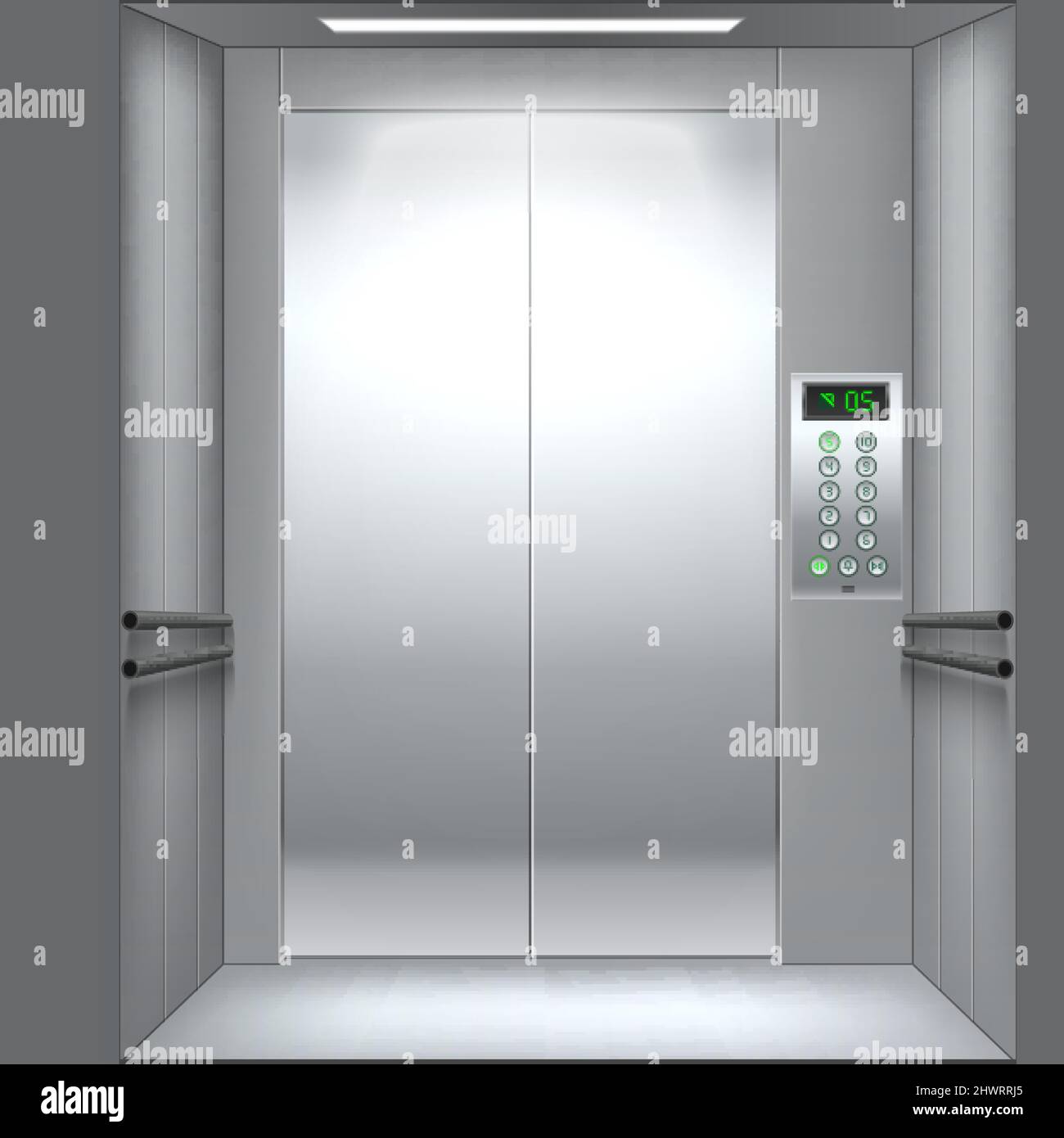London Lift Company: Providing Comprehensive Lift Solutions Throughout the Capital
London Lift Company: Providing Comprehensive Lift Solutions Throughout the Capital
Blog Article
Looking Into the Globe of Elevators: Typical Issues Encountered by Different Lift Mechanisms
As we navigate through the upright transportation systems of modern buildings, elevators stand out as an important part of our daily lives. Nevertheless, behind their seamless procedure exists a globe of detailed mechanisms that can sometimes come across difficulties. From hydraulic elevators to grip systems and machine-room-less designs, each lift type comes with its collection of typical problems. Understanding these difficulties is essential for making sure the smooth performance of these vital systems. Let's check out the intricacies that underlie the procedure of lifts and the potential concerns that can arise, clarifying the elaborate internet of lift systems.
Hydraulic Lifts
Hydraulic lifts, typically liked for low-rise buildings, use fluid stress to manage the movement of the elevator automobile (lift repair companies). This mechanism entails a hydraulic pump pushing oil into a cylinder, creating the elevator to relocate in the wanted direction. While hydraulic lifts are known for their smooth and silent operation, they do include their very own set of common issues
One prevalent issue with hydraulic lifts is oil leak. Additionally, problems with the control system, such as defective valves or a malfunctioning pump, can trigger disturbances in the elevator's movement.
Regular upkeep and prompt fixings are important to guarantee the smooth performance of hydraulic lifts. By addressing these common issues proactively, structure proprietors can decrease downtime and make certain the security and efficiency of their vertical transportation system.
Traction Elevators
When thinking about vertical transportation systems in structures, another usual type other than hydraulic elevators is the traction elevator. Grip lifts run using a system of ropes and weights that move the lift vehicle by gripping onto the hoist ropes. This mechanism permits for smoother and quicker upright transport contrasted to hydraulic systems.
Among the usual problems encountered by traction lifts is rope wear. The continuous motion of the ropes within the traction system can result in tear and wear in time, possibly triggering the lift to breakdown or end up being unsafe for usage. Normal evaluations and maintenance of the ropes are necessary to ensure the lift's appropriate performance and safety and security.
One more issue that traction lifts may come across is connected to the control system. Troubles with the control system can cause problems such as unpredictable motion, delays in response times, or also total shutdowns. Normal testing and upkeep of the control system are crucial to stop such concerns and make certain the lift's dependability.
Machine-Room-Less (MRL) Lifts

Among the crucial parts of MRL lifts is the small gearless grip machine that is mounted within the hoistway. This machine effectively drives the lift cars and truck without the need for large devices found in conventional grip elevators. In addition, MRL lifts commonly make use of a counterweight system to stabilize the cars and truck, additional boosting their power effectiveness.
Regardless of their benefits, MRL lifts might encounter challenges associated with repair and maintenance due to the confined room for tools setup. Availability for servicing elements within the shaft can be limited, needing specialized training for technicians. Correct upkeep timetables and normal examinations are critical to ensure the continued smooth procedure of MRL elevators.
Overloading and Weight Limitation Issues
Overwhelming and weight restriction concerns are important problems in elevator operations. Lift suppliers design lifts with particular weight abilities to make certain guest safety and security and devices longevity.
When elevators are strained, it places too much stress on the electric motor, cables, and various other elements, possibly creating malfunctions or malfunctions. If they detect excess weight, security devices such as sensing units and overload sensors are in location to avoid elevators from relocating. Additionally, surpassing weight limits can bring about boosted energy usage and damage on the lift system.
To mitigate overloading problems, disabled platform lifts prices uk constructing managers must prominently show weight limits in lifts and educate owners on the importance of adhering to these limitations - lift repair companies. Regular upkeep checks by qualified service technicians can additionally help make sure that lifts are running within safe weight parameters. By resolving overloading and weight limit concerns proactively, building owners can enhance lift safety and performance
Electrical System Failures
Surpassing weight limits in lifts can not only lead to mechanical issues yet also london lift company possibly contribute to electric system failings within the lift infrastructure. Electrical system failings are a crucial worry in elevator operation, as they can create unanticipated closures, malfunctions, or even security threats.
Moreover, power rises or changes in the electric supply can also interrupt the elevator's operation, influencing its performance and security. These electrical disturbances can harm sensitive elevator elements such as control panels, motherboard, or sensors, causing system failures. Regular upkeep and evaluations are critical to recognize and address possible electrical problems promptly, guaranteeing the risk-free and effective operation of lift systems. By sticking to weight restrictions and conducting regular electrical system checks, structure proprietors can alleviate the threat of disabled platform lifts prices uk electrical failures in elevators.
Final Thought

Hydraulic lifts, usually favored for low-rise structures, utilize fluid pressure to control the movement of the lift cars and truck.When thinking about vertical transportation systems in structures, one more common type apart from hydraulic lifts is the traction lift. Traction lifts operate utilizing a system of ropes and counterweights that move the elevator auto by grasping onto the hoist ropes. Unlike traditional lifts that require a different maker area to house the devices, MRL lifts integrate most of the parts within the shaft, getting rid of the requirement for a committed equipment area.In verdict, elevators encounter typical concerns such as hydraulic malfunctions, traction system failings, and electric system issues.
Report this page